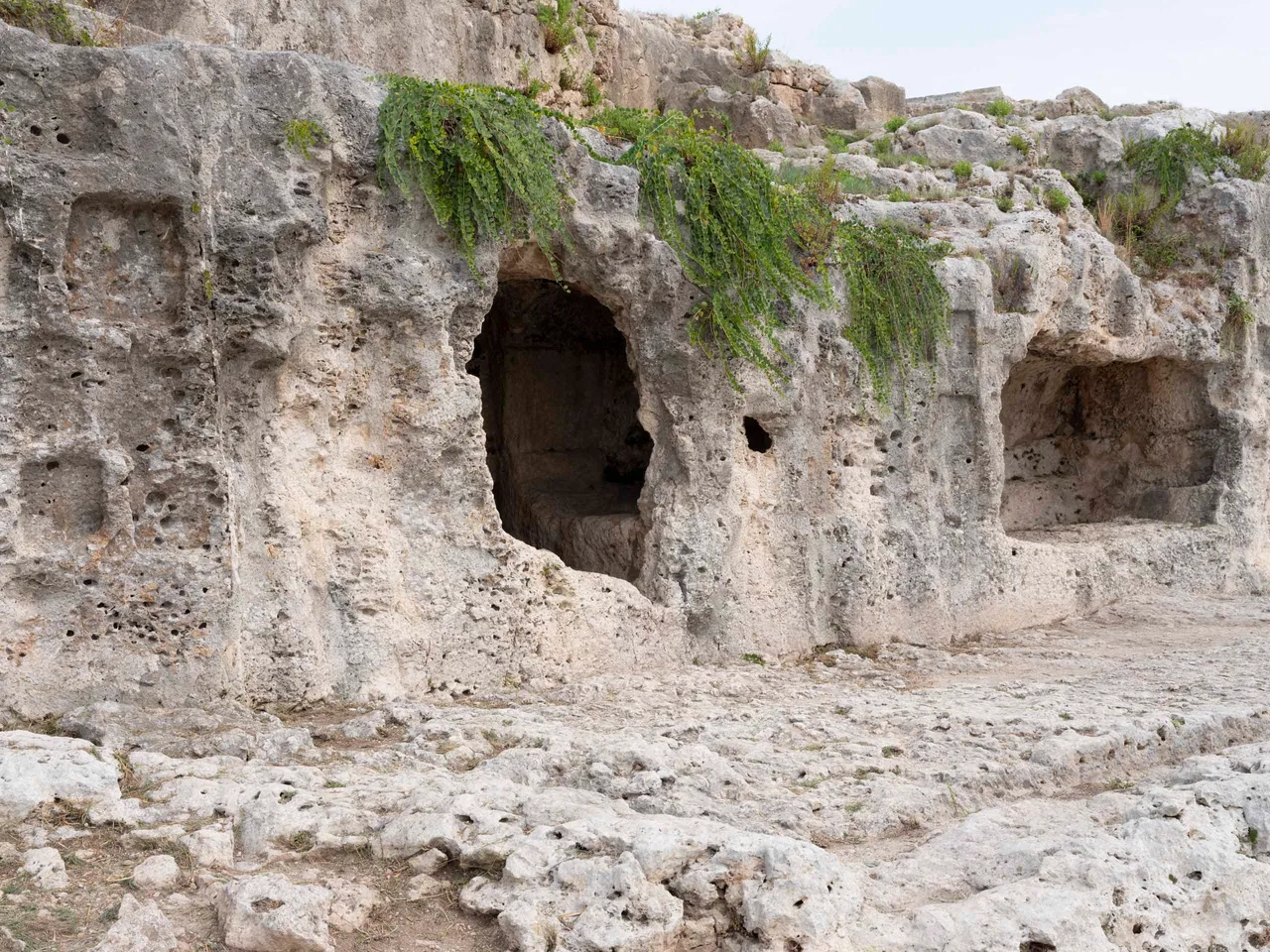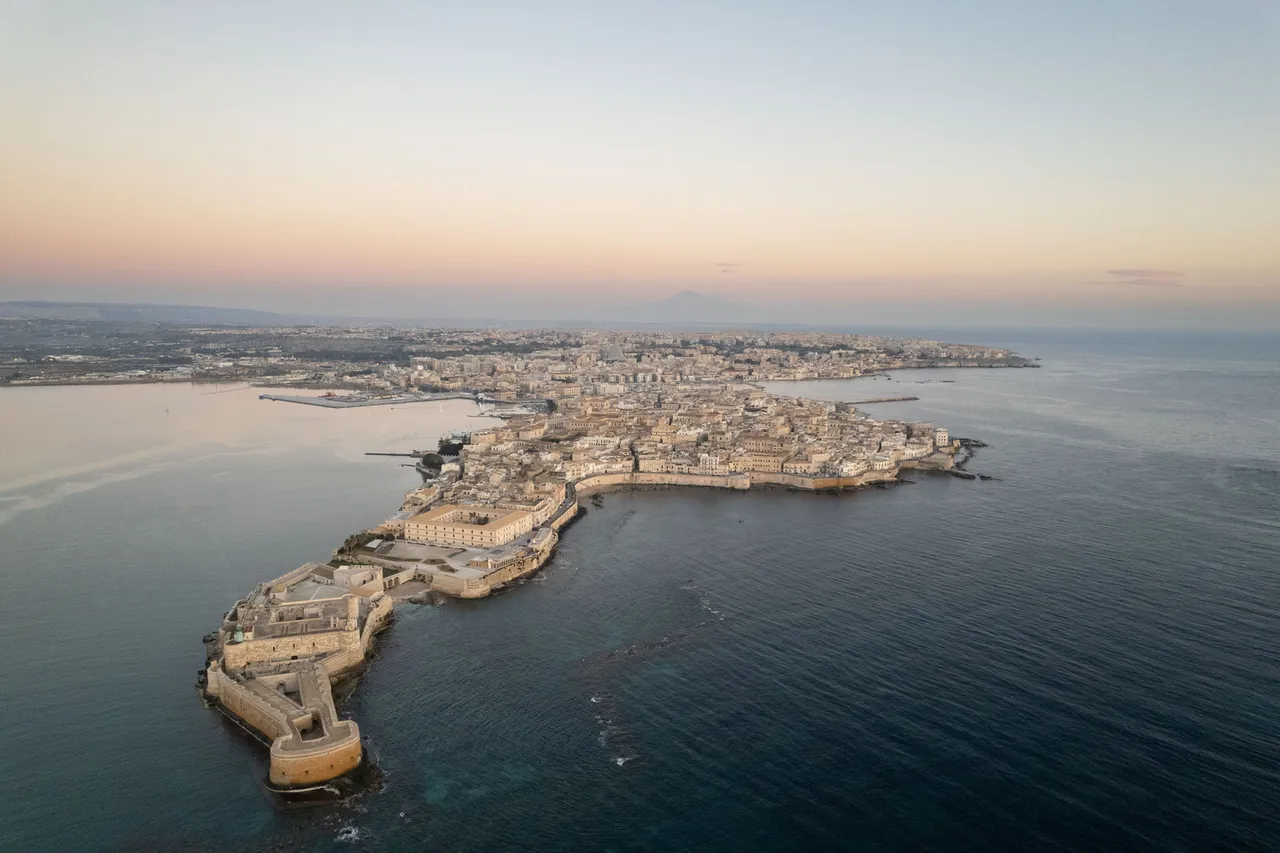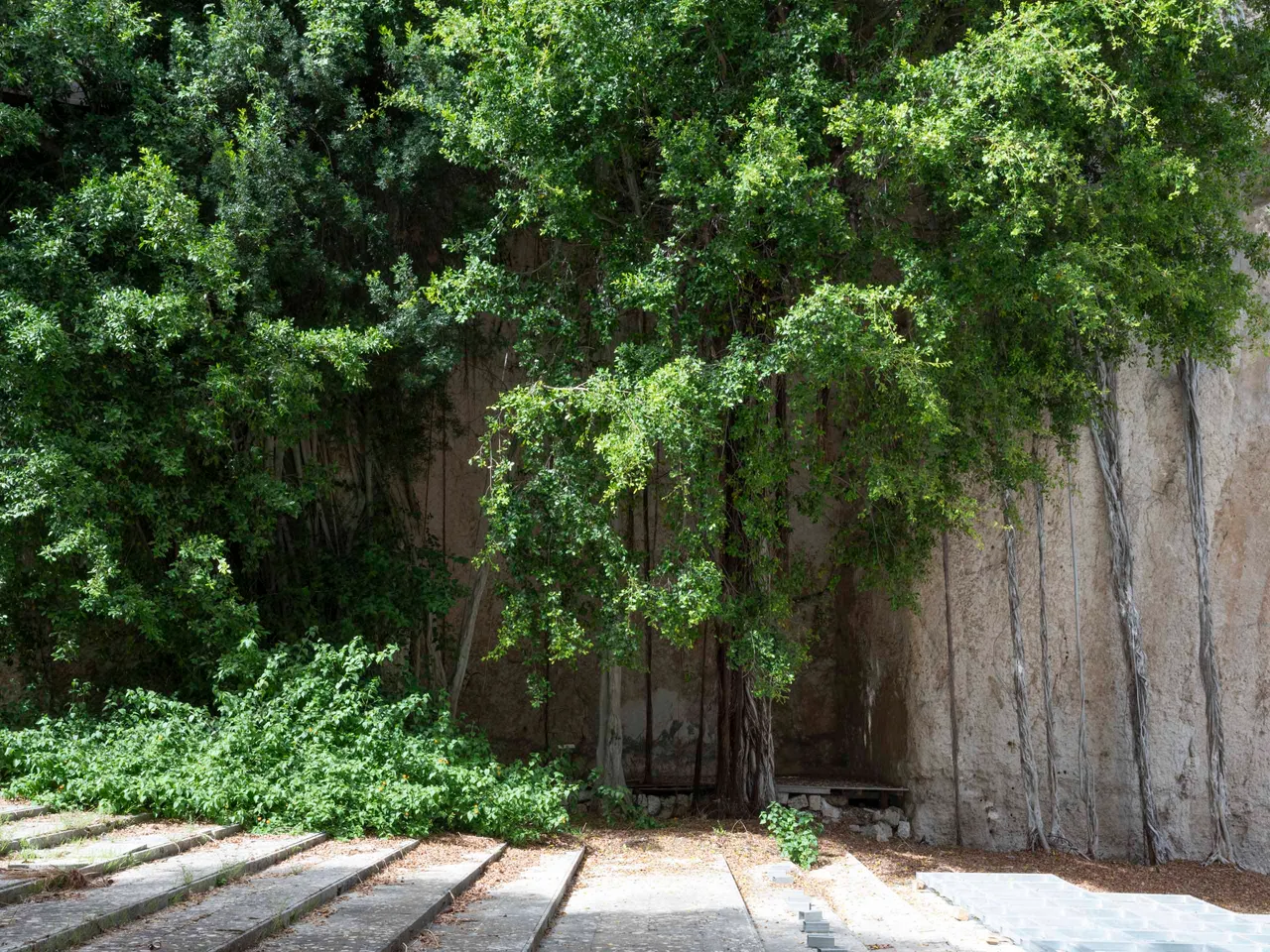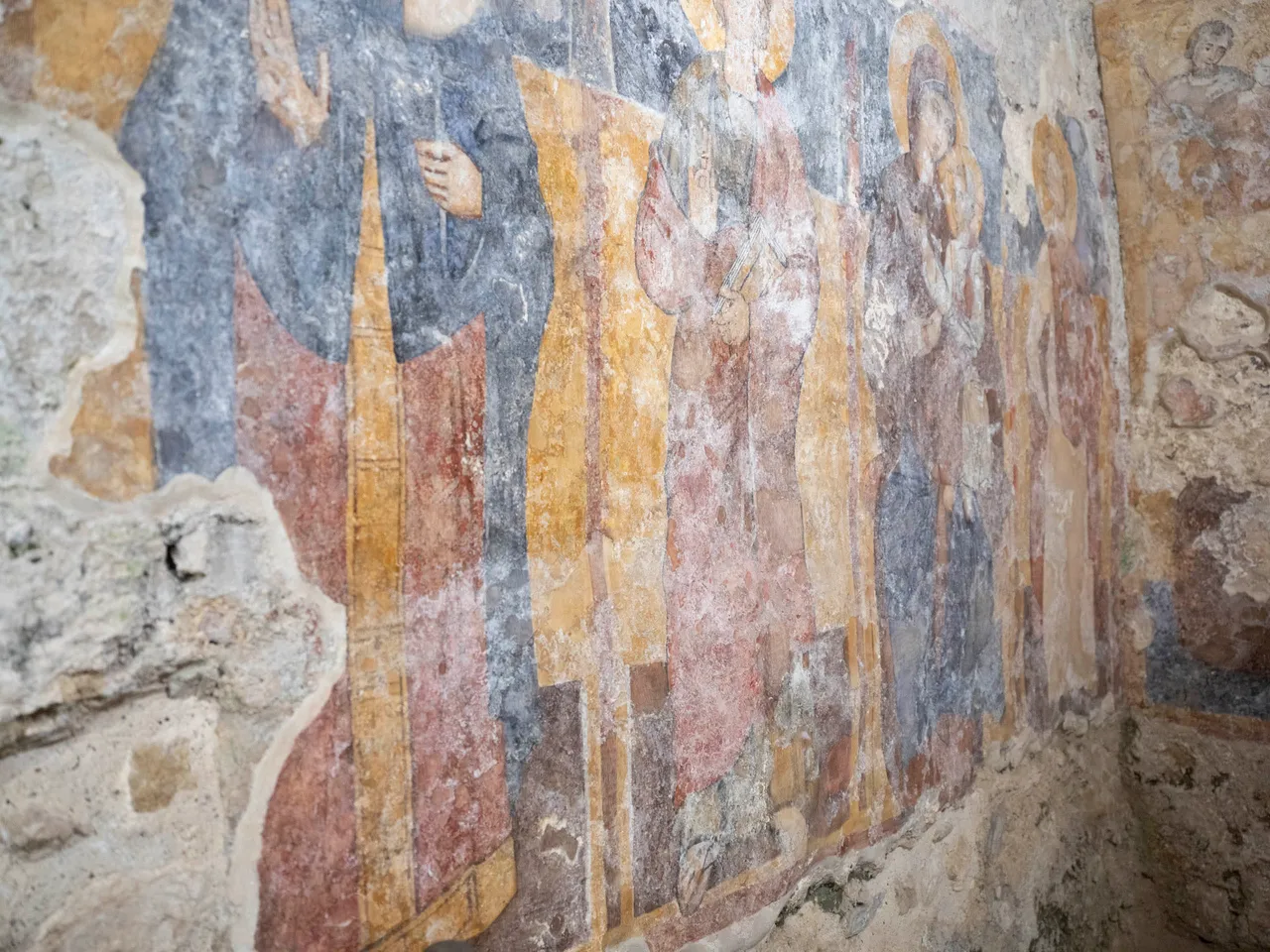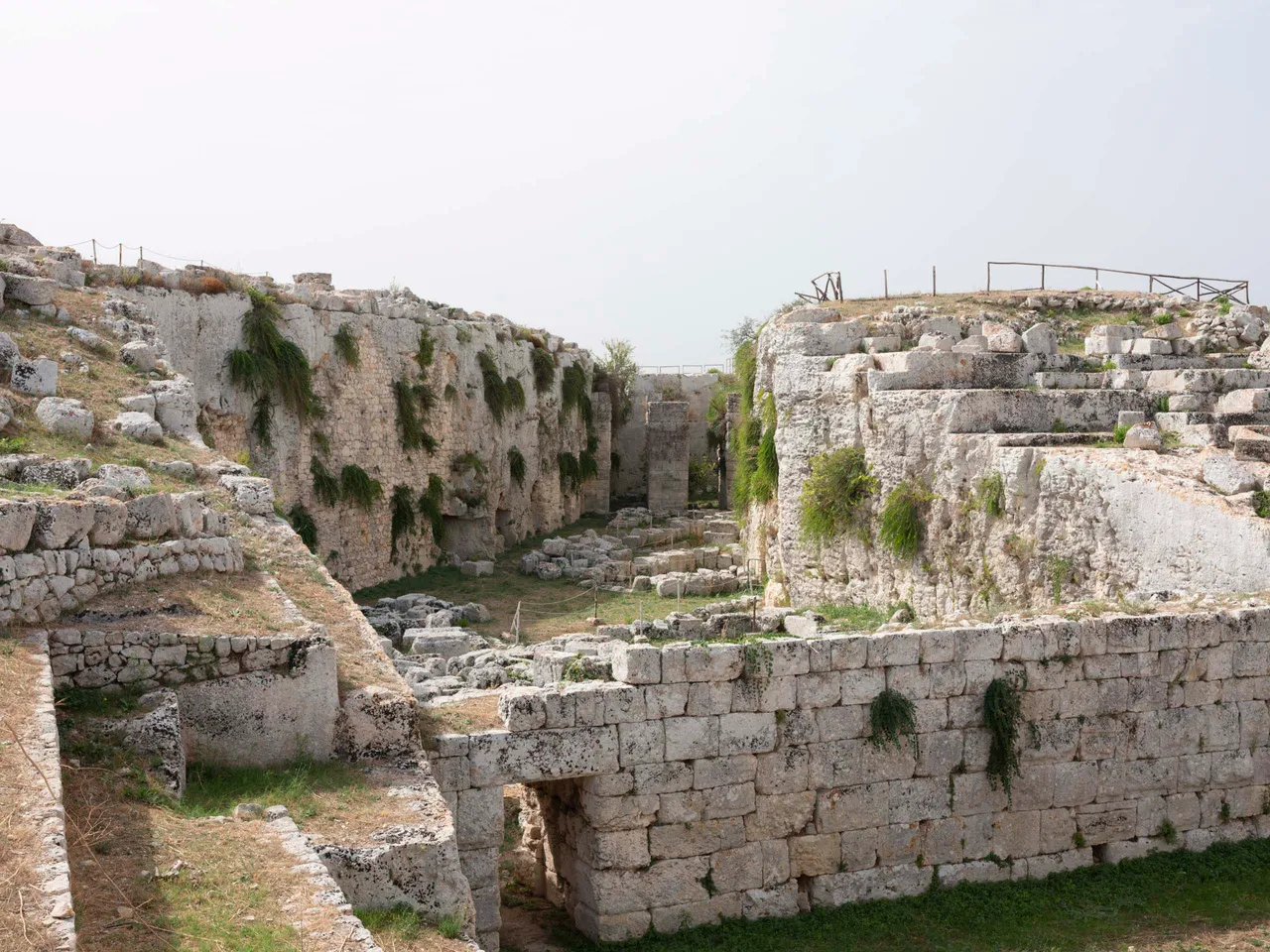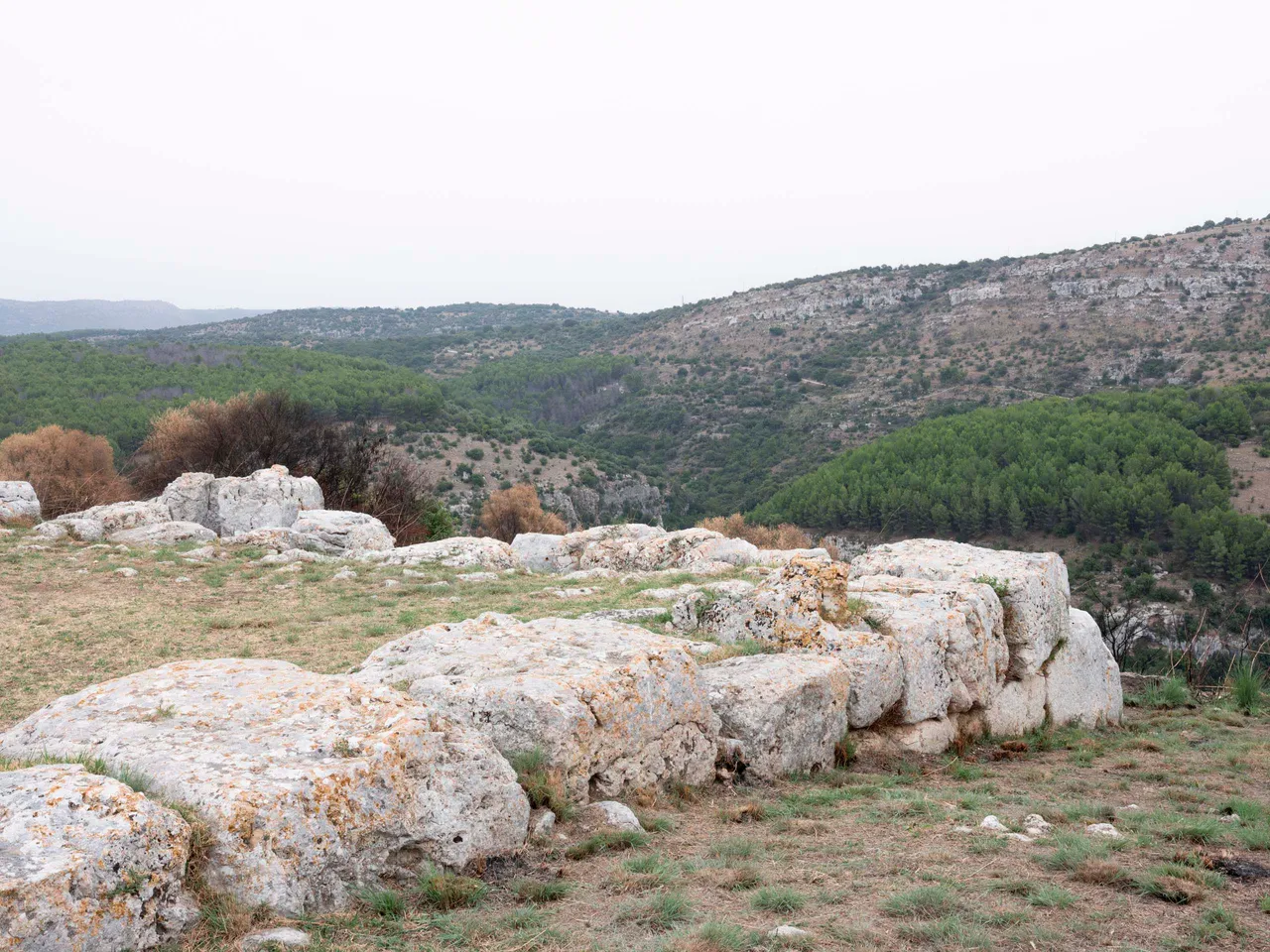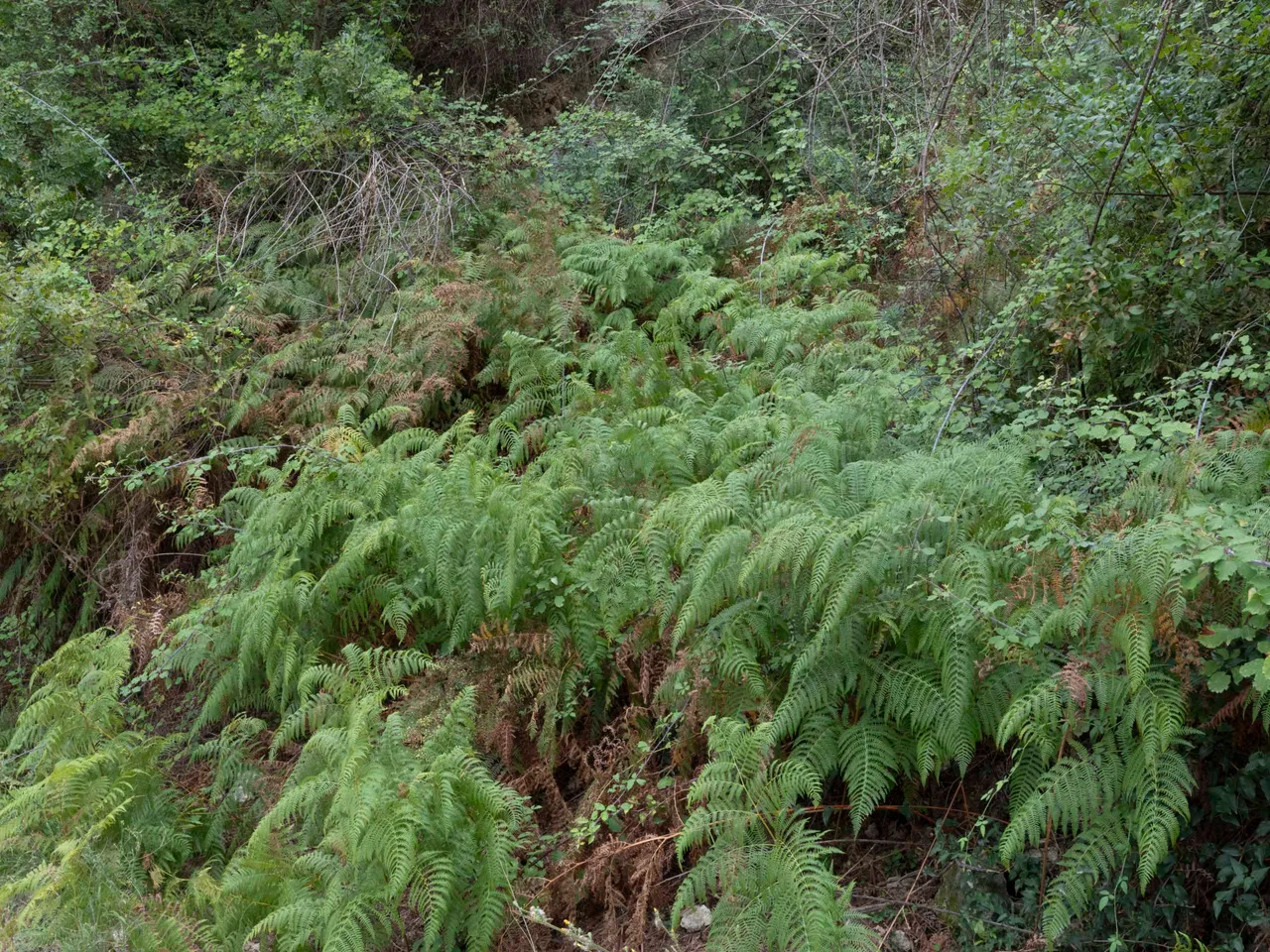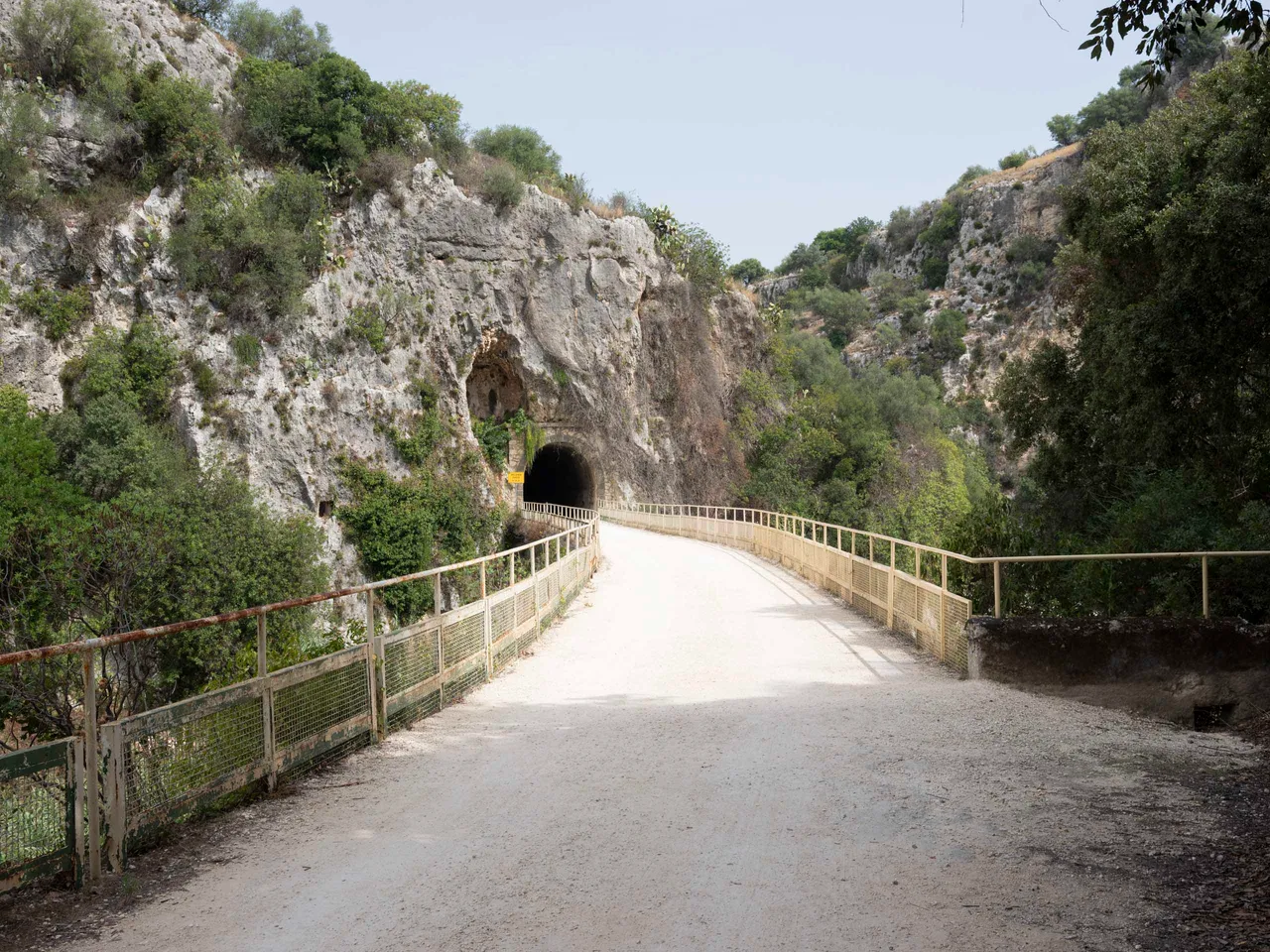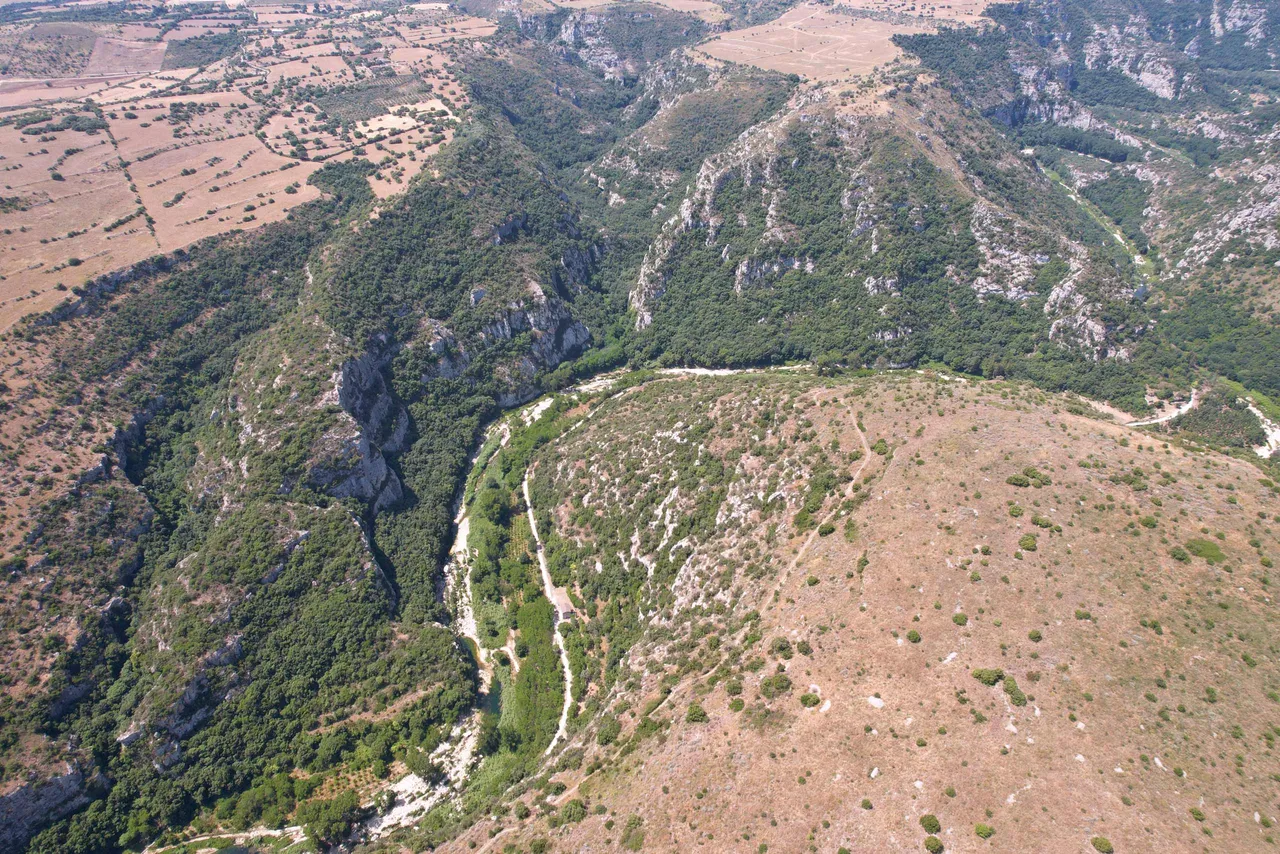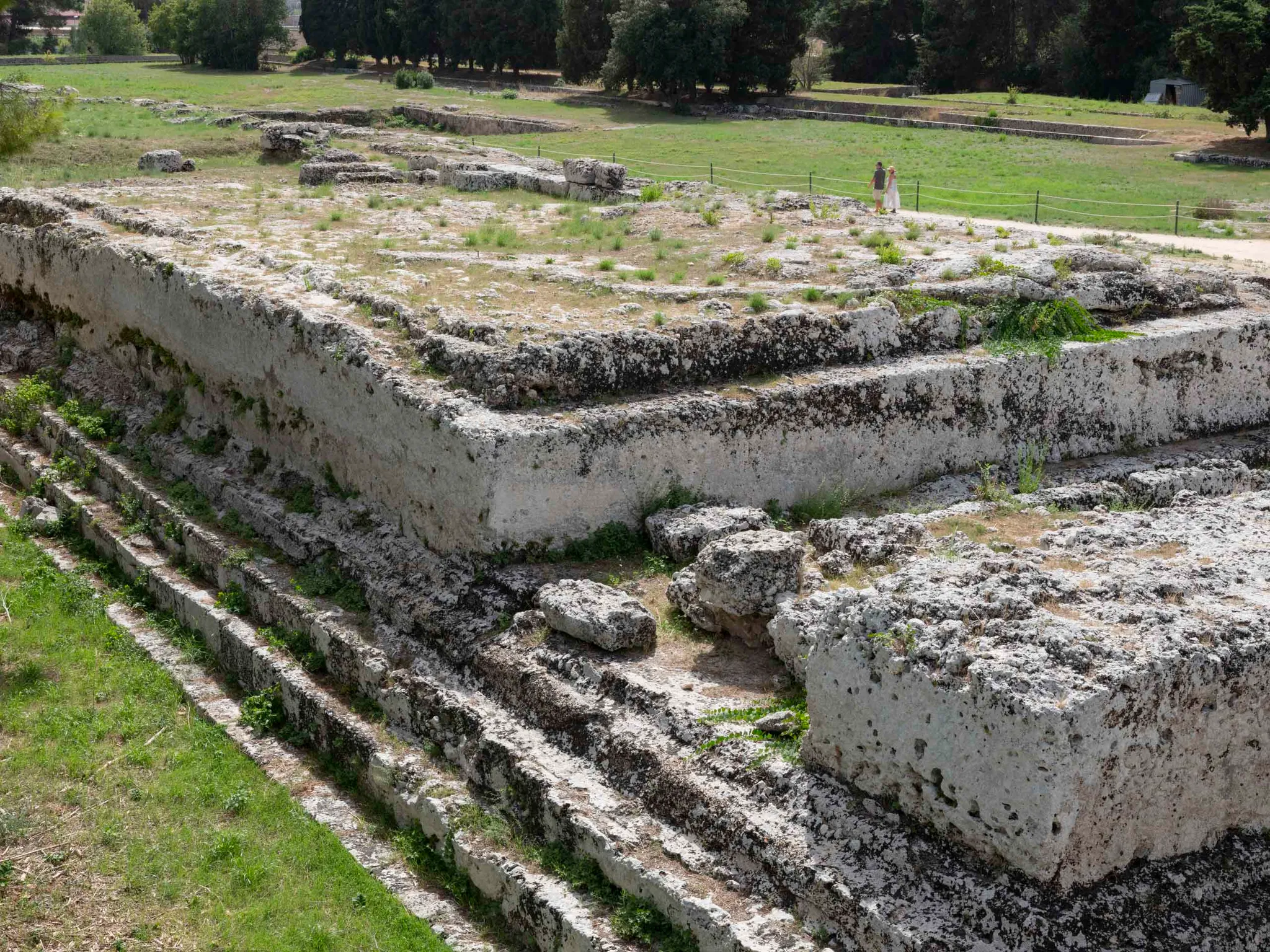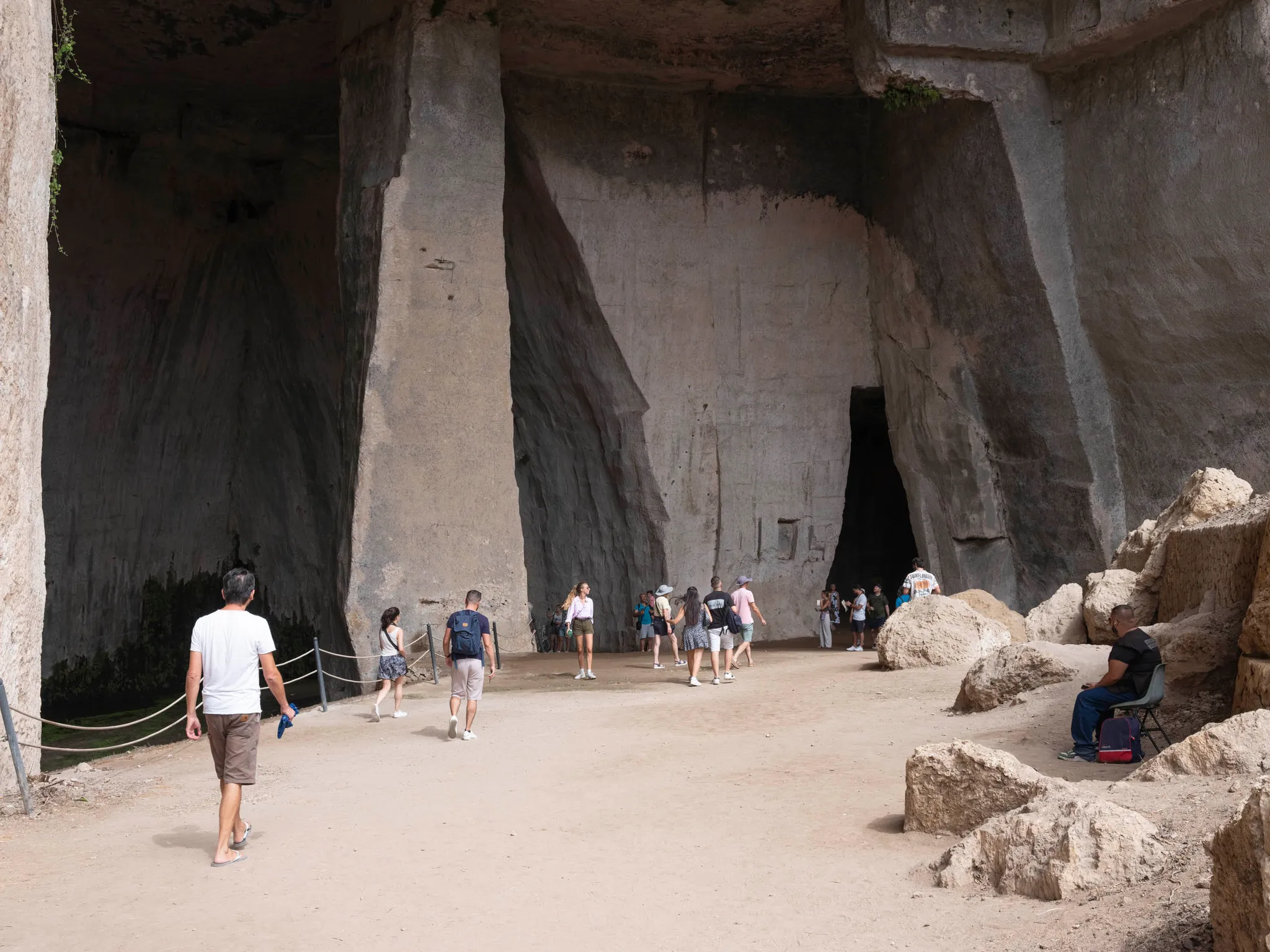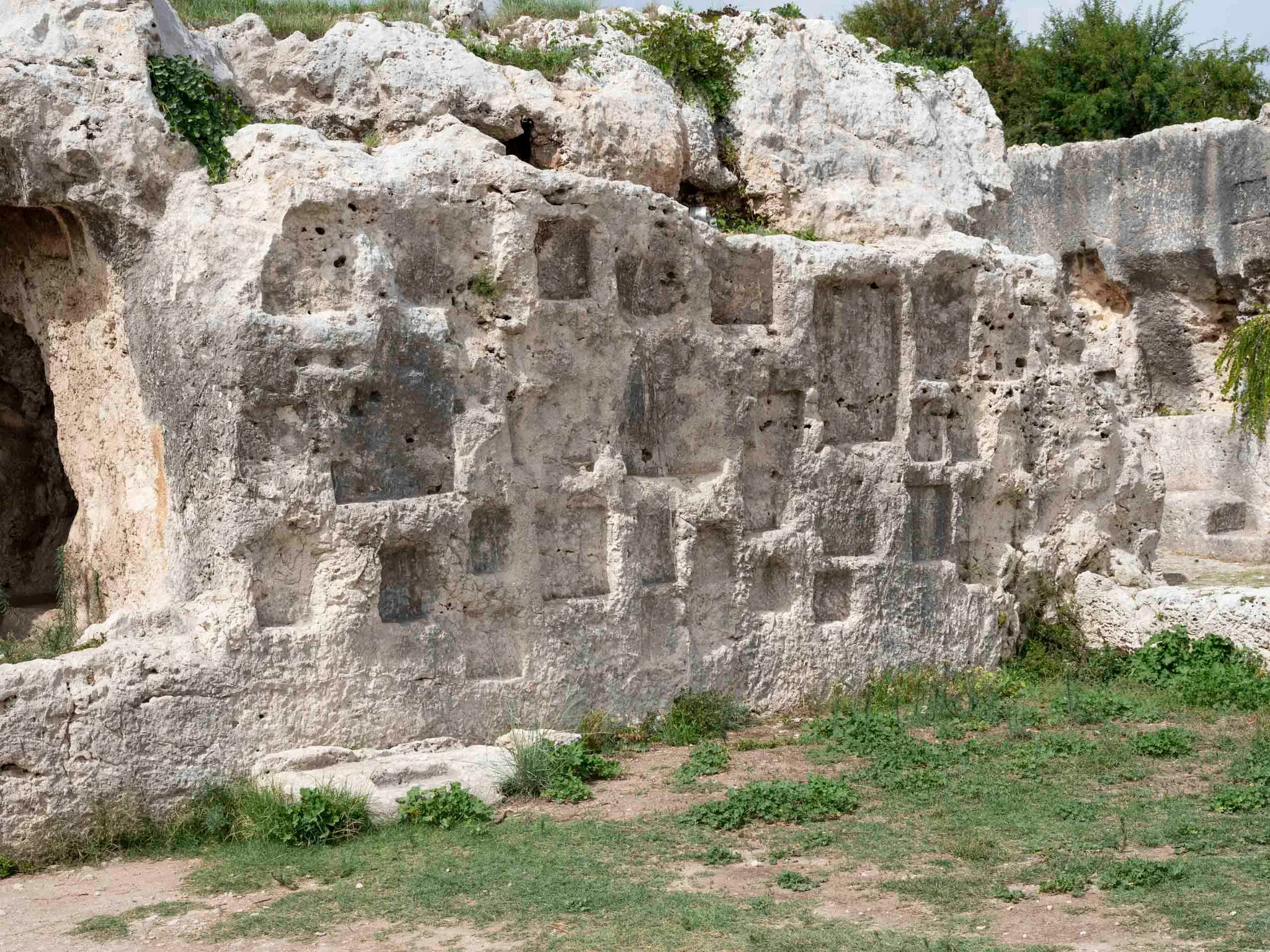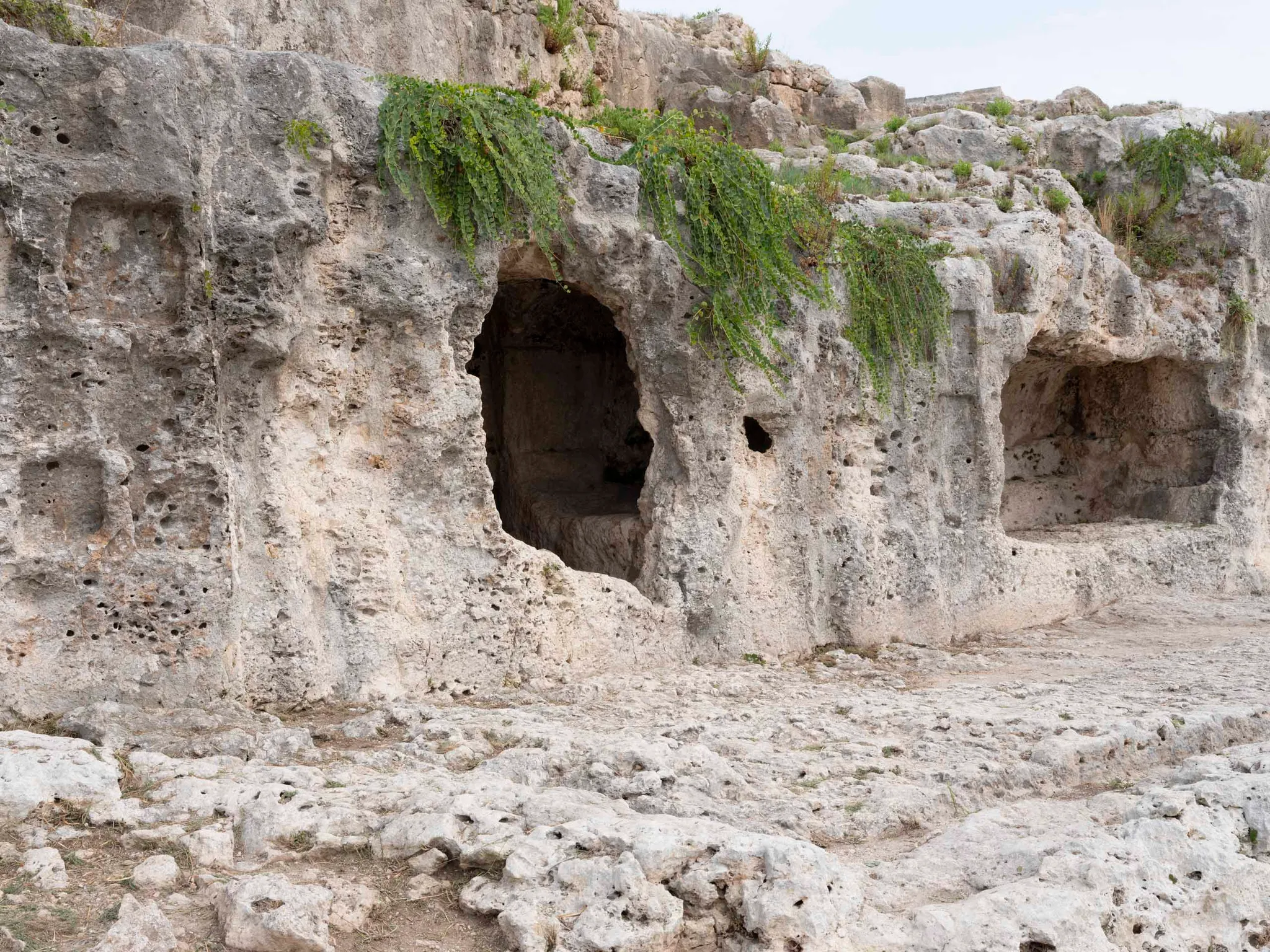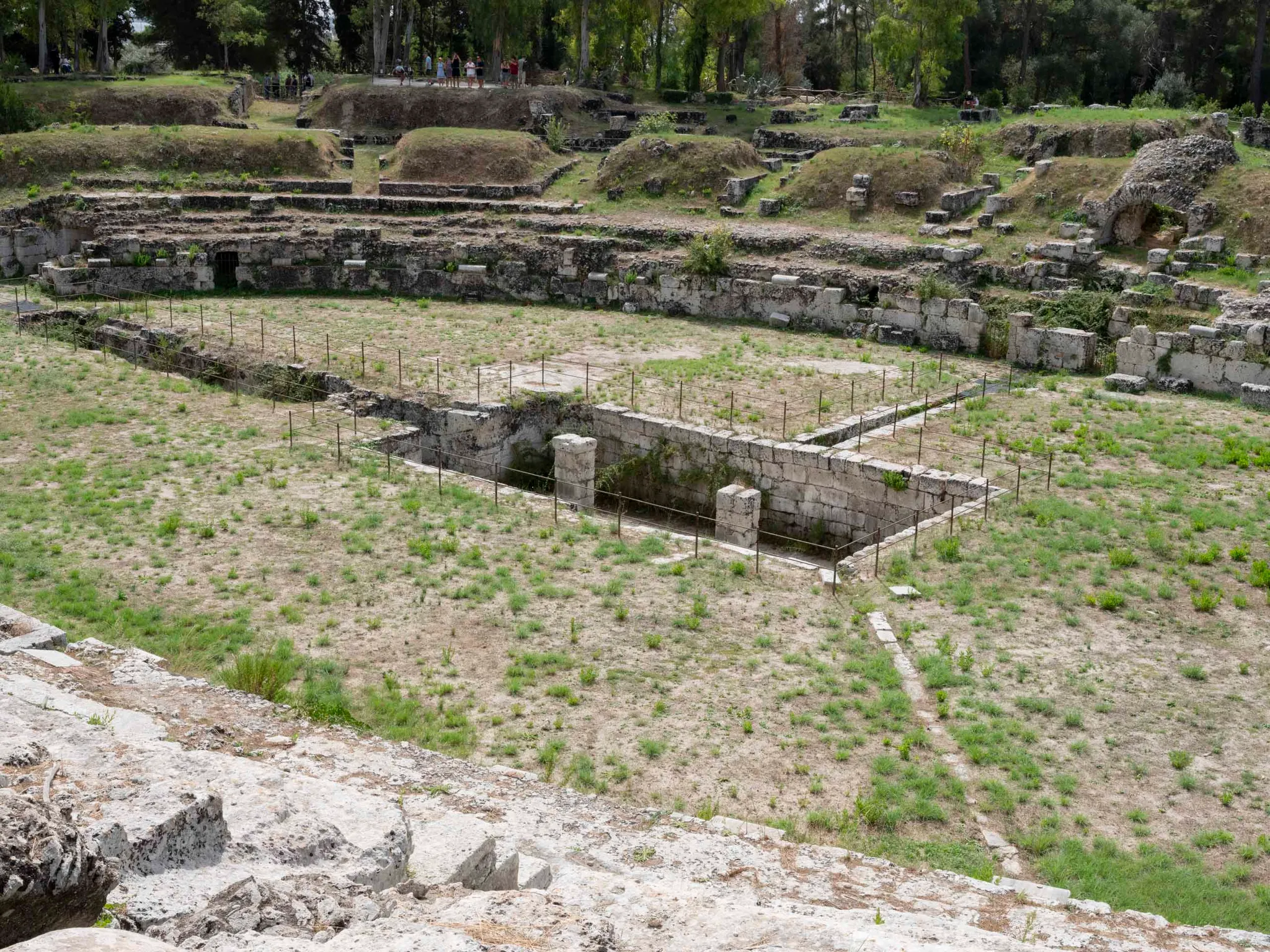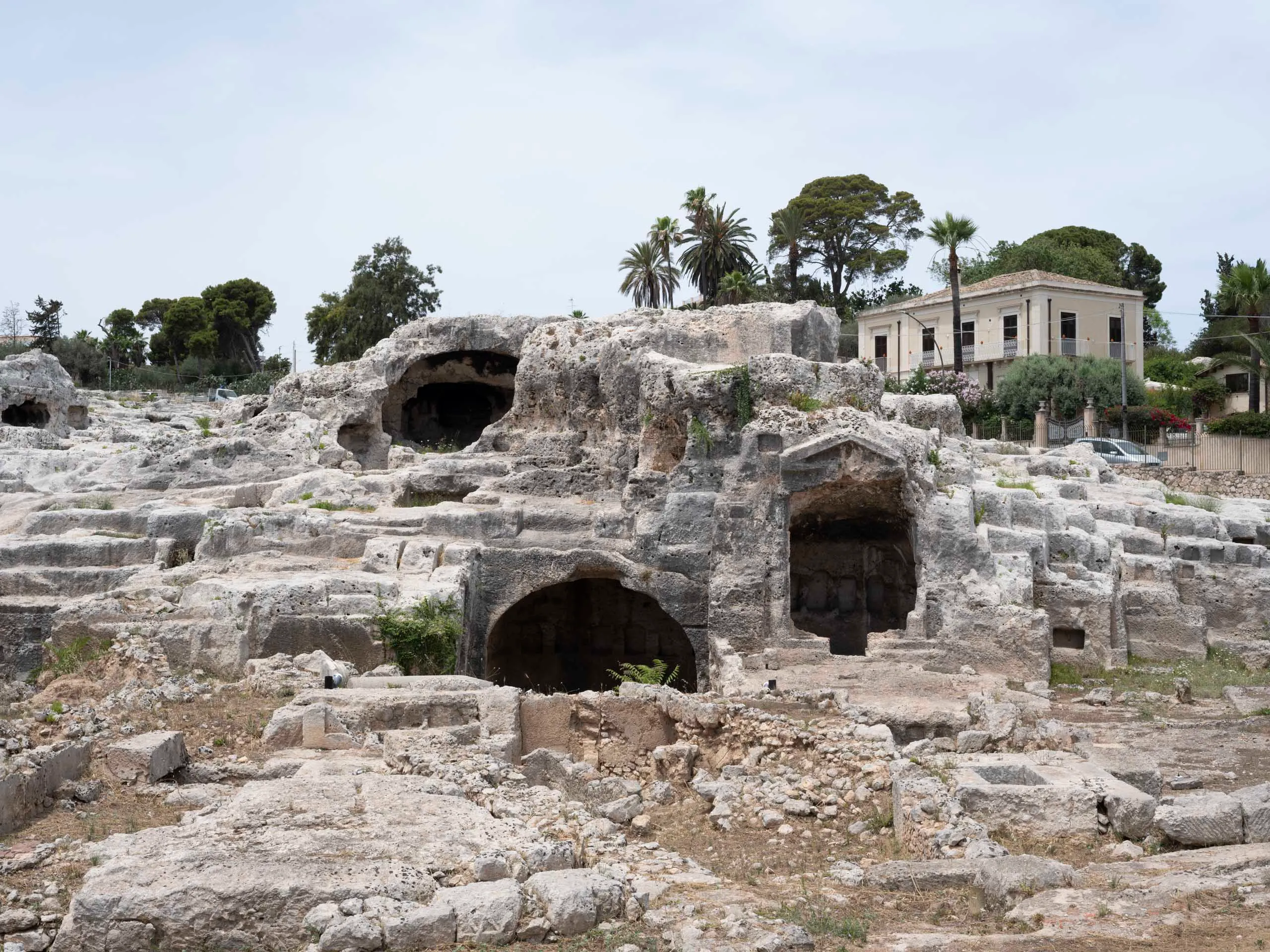The central monument within the route is the Greek Theatre, still used today, in particular for classical performances managed by the INDA. The building is carved into the limestone of a hill, taking advantage of the natural slope of the land, on a site already occupied by a pre-Hellenic sanctuary. It was up to the Greeks to choose the location to build a theatre on the Epipoli plateau, which dominates the plain occupied by the populated districts of Syracuse and even today offers an unforgettable view. The fortune of this place is linked since the first research to mentions in literary sources: it is in the Greek theatre of Syracuse, for example, that the first of the Etnae was held, a lost tragedy composed by Aeschylus in 470 BC.
In the early imperial age, to allow access to a greater number of people, new access galleries were built, the seats were leveled and lowered, and finally a stage of monumental dimensions was erected, with columns and decorations. Much of what remained of the theater in the modern age was demolished to build the sixteenth-century walls of Ortigia.
The route continues into the extraordinary glimpse of landscape offered by the latomie of Paradise. Here is the Ear of Dionysius, so named by Caravaggio, who visited it in 1608 together with the Syracusan scholar Vincenzo Mirabella. Seeing the prison dug into the rock that the Syracusan tyrant had built, the great Lombard painter is said to have exclaimed:
“Do you not see how the Tyrant, in wanting to make a vase that would serve to make things heard, did not want to take the model anywhere else, but from that which nature had created for the same effect. So he made this Prison in the likeness of an ear”.
Returning to the entrance, one must stop at the Roman amphitheatre (1st century AD): what is striking is its exceptional dimensions (140 x 119 metres) rather than the conservation of the elevation. Finally, on the right, one can observe what remains of the Altar of Hieron II, the last tyrant of Syracuse before the defeat against the Romans. The long base of this altar is preserved, which was accessed from two entrances located at the ends where telamons were placed. If the identification with the altar of Zeus Eleutherios described by Diodorus Siculus is correct, 450 bulls were sacrificed here during the festival dedicated to the god.
